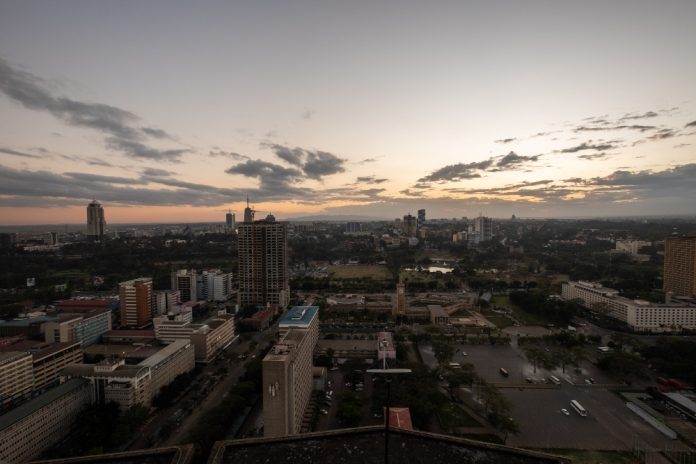As I sit here in Nairobi, watching the skyline transform with each passing year, I cannot help but reflect on how our city – and indeed our world – is changing. Climate change is not just a topic for global conferences anymore; it’s a reality we are grappling with daily. From the unpredictable rains that now characterize our once-reliable seasons to the rising temperatures that make our famous afternoons increasingly uncomfortable, the impacts are undeniable.
But Nairobi, like many cities across the globe, is not just sitting back and watching. We are innovating, adapting, and reimagining our urban landscape to meet these challenges head-on. It is exciting to see how technology and human ingenuity are coming together to build climate resilience and a sustainable future.
Take, for instance, our water management systems. Nairobi has long struggled with water scarcity, a problem exacerbated by climate change. But now, we are seeing innovative solutions emerge. Smart water meters are being rolled out across the city, helping to detect leaks and reduce water waste. It is a far cry from the days when water rationing was our only response to shortages.
In Karura Forest, one of our city’s green lungs, technology is being used to monitor and protect our urban ecosystem. Drones and satellite imagery are helping track forest health and detect early signs of degradation. It is not just about preserving a recreational space; these urban forests are crucial for mitigating the urban heat island effect and improving air quality – both increasingly important in our changing climate.
Read also: Visibility Study of Nairobi, Kampala and Addis Ababa Reveals Big Air Pollution Problems
But it is not just about high-tech solutions. In many cases, technology is being used to scale up and optimize traditional practices. I’m reminded of the urban farming initiatives sprouting up across Nairobi. Apps and online platforms are connecting urban farmers with markets, while precision agriculture techniques are helping maximize yields in small spaces. It is a beautiful blend of old and new, addressing food security concerns while reducing the carbon footprint of our food system.
Energy is another sector where Nairobi is making strides. The sight of solar panels on rooftops is becoming increasingly common, and not just in upscale neighbourhoods. Pay-as-you-go solar systems, enabled by mobile money technology, are making clean energy accessible to more residents. It’s a uniquely Kenyan solution, leveraging our leadership in mobile technology to address both energy access and climate resilience.
Our rapidly growing population puts pressure on already strained resources and infrastructure. Informal settlements, home to a significant portion of our population, are particularly vulnerable to climate impacts. But even here, we are seeing innovative solutions emerge.
Community-based organizations in areas like Kibera are using mapping technologies to identify flood-prone areas and implement localized solutions. It’s a powerful example of how technology, when put in the hands of communities, can drive grassroots adaptation efforts.
As we navigate these challenges, it is crucial that our innovations do not leave anyone behind. The digital divide is real, and as we embrace technological solutions, we must ensure they are accessible to all members of the community. It is not just about equity; it is about effectiveness. A truly resilient city is one where all residents have the tools and resources to adapt.
Looking beyond Nairobi, it is inspiring to see similar innovations taking root in cities around the world. From Copenhagen’s smart water management to Singapore’s vertical urban farms, cities are becoming living laboratories for climate resilience.
The global nature of the climate challenge means we have much to learn from each other. Just as M-Pesa revolutionized financial inclusion here in Kenya and then inspired similar solutions globally, our climate innovations have the potential to impact far beyond our borders.
As I watch the sun set over Nairobi’s skyline, I am filled with a sense of cautious optimism. The challenges we face are immense, but so is our capacity for innovation. From the tech hubs of Upper Hill to the community centres of Mathare, the local community are rolling up their sleeves and getting to work.
We are not just adapting to climate change; we are using it as an opportunity to build a more sustainable, equitable city. It i’s a journey we are undertaking not just for ourselvesus, but for future generations of people living in Nairobi. And who knows? The solutions we develop here, at the intersection of technology and urban resilience, might just help chart the course for cities around the world.
The road ahead may be long and fraught with challenges, but with each innovation, each community initiative, we are moving towards a more resilient, sustainable Nairobi. It is a future worth fighting for, one innovative solution at a time.





